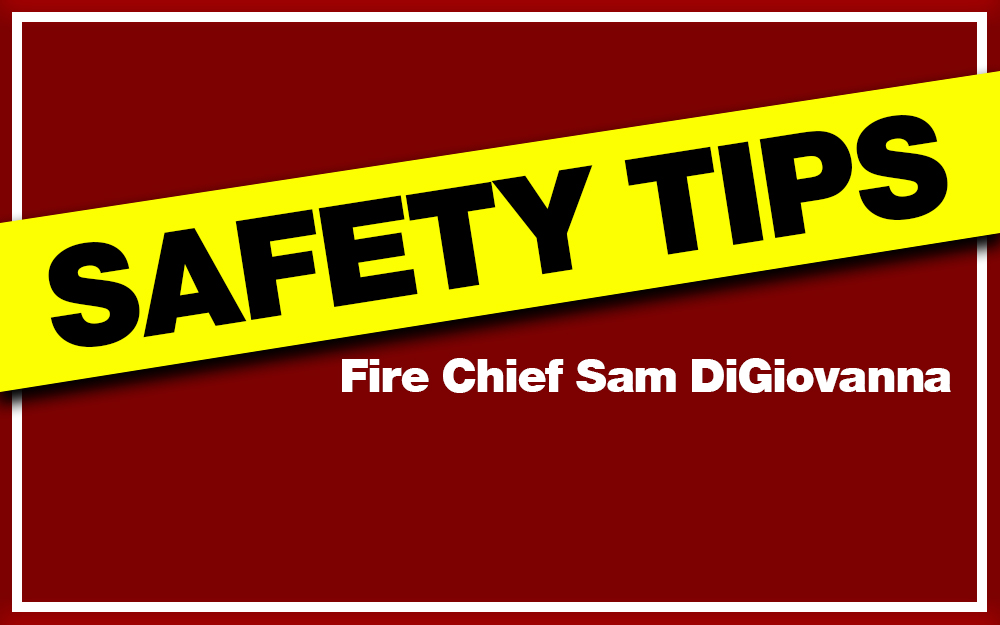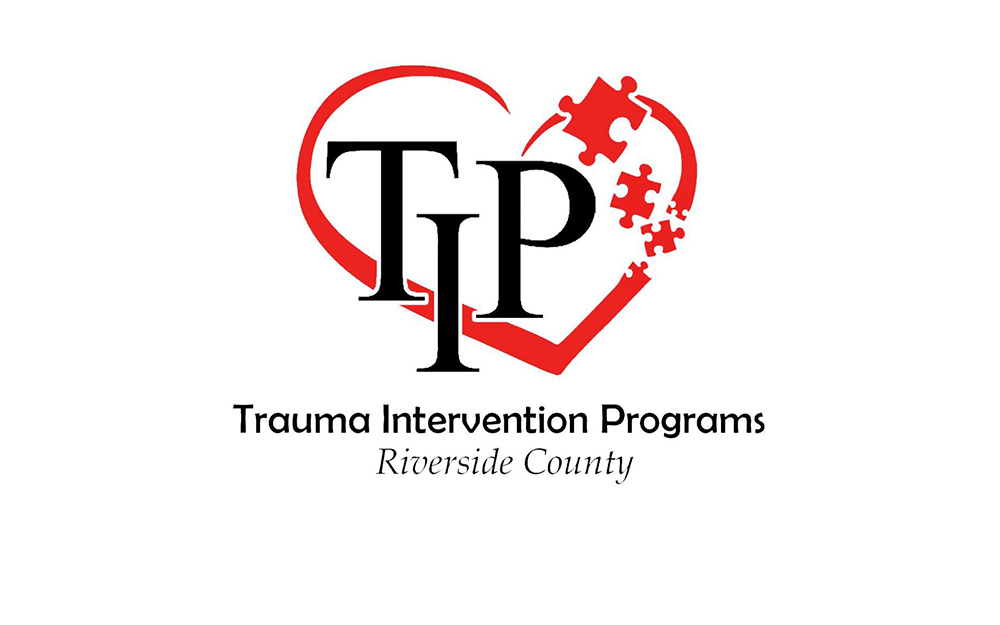
Recent rains have softened soil and strong winds can cause additional damage toppling trees, branches and downed power lines. More storms are forecasted through the next week.
Wind Safety:
Tree limbs may break and street signs may become loose during strong wind gusts. Keep an eye toward nearby balconies for loose objects that may fall.
Report downed lines. Do not try to free lines or to remove debris yourself.
Avoid anything that may be touching downed lines, including vehicles or tree branches and chain link fences. Puddles can conduct electricity in some cases. Warn others to stay away.
When driving, keep both hands on the wheel and slow down.
If winds are severe enough to prevent safe driving, get onto the shoulder of the road and stop, making sure you are away from trees or other tall objects that could fall onto your vehicle. Stay in the car and turn on the hazard lights until the wind subsides.
If a line falls on your car, stay inside the vehicle. Take care not to touch any of the metal frame of your vehicle. Do not exit the car until help arrives, unless it catches on fire. To exit, open the door, but do not step out. Jump, without touching any of the metal portions of the car’s exterior, to safe ground and get quickly away.
Power outages may be eminent so remember traffic signals may be out so pay extra attention.
Keep it slow and be safe!
Have a preparedness kit with food, water supplies, flashlights for up to 72 hours.
Mudflow/Erosion:
If you live in the burn areas, be prepared to evacuate at any given notice.
Decide in advance where you would go in case you can’t return home for weeks or months.
Inspect—Look around home and property for landslide warning signs:
- Cracks or bumps appear on hill slopes, ground or roads
- Water or saturated ground in areas not normally wet
- Evidence of slow, downhill movement of rock and soil
- Tilted trees, poles, decks, patios, fences or walls
- Doors and windows stick or cracks appear on walls, etc.
Driving in the rain:
Turn on those headlights.
Make sure your wipers are working well.
Good tires, brakes and distance are also ‘must-haves’ when driving in rain.
Beware of hydroplaning.
Speed limit signs are designed for ideal conditions, “and that means driving when you have little traffic and good visibility.” That’s hardly the environment you’re driving in when it’s raining, so let up on the accelerator and allow more time to get to your destination.
Cell phone and texting? Don’t even think about!
Fire Chief Sam DiGiovanna










































